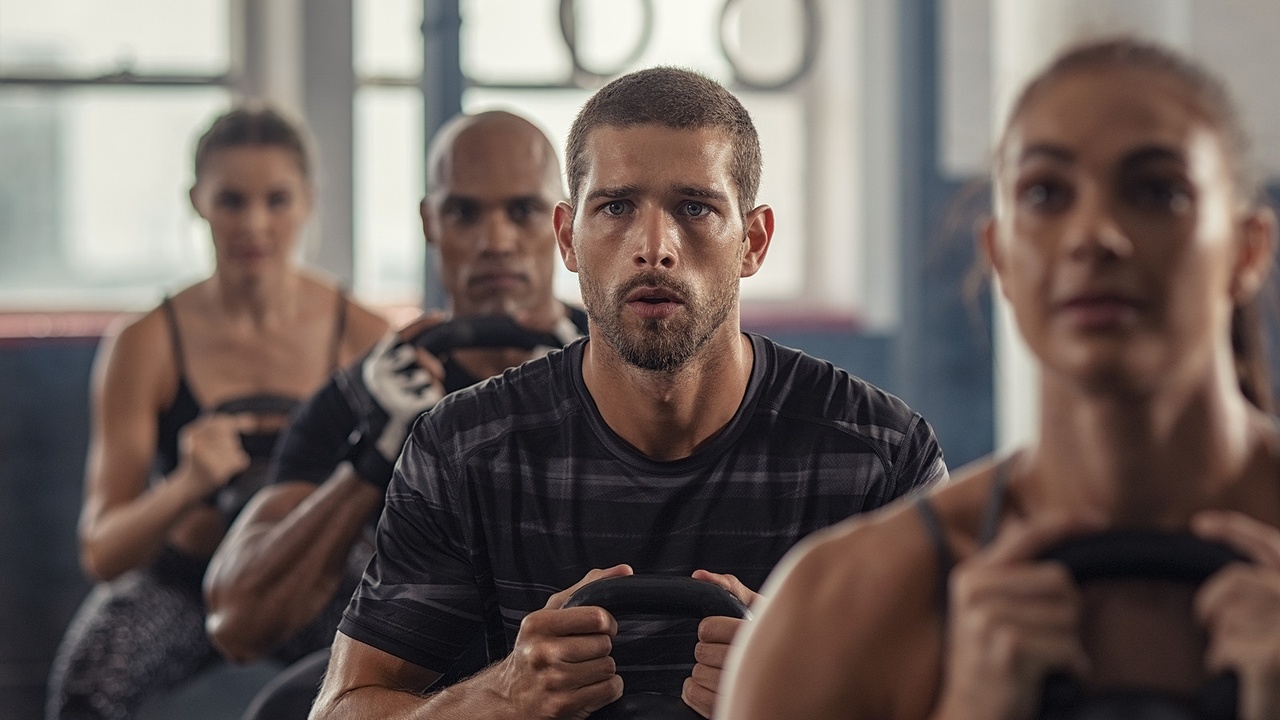Straighten Then Strengthen Your Body
Feb 21, 2013
In case you missed my article in the Los Alamos Daily Post it is reprinted below.
Lifting weights is a great way to increase strength. Unfortunately, it can also engrain postural disparities and movement compensations. This reality has spawned the term, dysfunctional fitness, whereby we are doing our bodies more harm than good in the weight room.
Real strength comes from a stable and aligned posture. Joints that are out of alignment are weak. The position of the joints is dictated by the muscles that are attached to them. When our skeleton is in a symmetrical position, our bones support us and the muscles do minimal work. The key to aligned posture then, is keeping the muscles in good shape.
The postural muscles are the foundation of our skeletal structure. Visualize the muscles around your trunk in layers. The deepest layer consists of your postural muscles. Since dysfunction, lost musculoskeletal function, happens from the inside out, muscles at this most inner layer become weak and ineffective first. Once this support base is lost the outer muscles take over for the defunct underlying tissues, thus starting the process of compensation, muscles doing jobs for which they are not intended, resulting in postural deviations.
Traditional strength training targets these large, superficial muscles. Without first putting the body in a more ideal alignment – straightening – these compensating muscles will become – strengthened – in their accessory roles and faulty positions, further accelerating the atrophy of the postural muscles and skeletal misalignments.
A balanced strength training program will include exercises to counteract your postural deviations. Although these exercises may seem simple and remedial they are essential in the process of restoring muscle balance to your body. Lost body symmetry is the first step towards musculoskeletal injury and pain. Once your body is in an improved postural position you are ready to add resistance to your routine.
Here are some positioning tips for your next workout that will help you build strength in a good posture.
General Guidelines for All Exercises
- Align the feet straight forward and hip-width apart.
- Pinch the shoulder blades down and together.
- Use light weights to avoid compensated movements, train the muscles you intend.
Bench Exercises – Relax your lower back without pushing it flat or over aching.
Sitting Exercises – Roll your pelvis forward to a neutral position with your sit bones pointed straight down and your lower back slightly arched.
Abdominal Crunches
- Place your hands behind the head with your fingers interlaced. Pull and hold your elbows and shoulders back to reduce the pressure on your head and neck.
- Look straight up or slightly back, keeping your chin off your chest.
- Allow natural pelvic movement, do not flatten and hold your back down.
Stay connected with news and updates!
Join our mailing list to receive the latest news and updates from me.
Don't worry, your information will not be shared.
We hate SPAM. We will never sell your information, for any reason.

